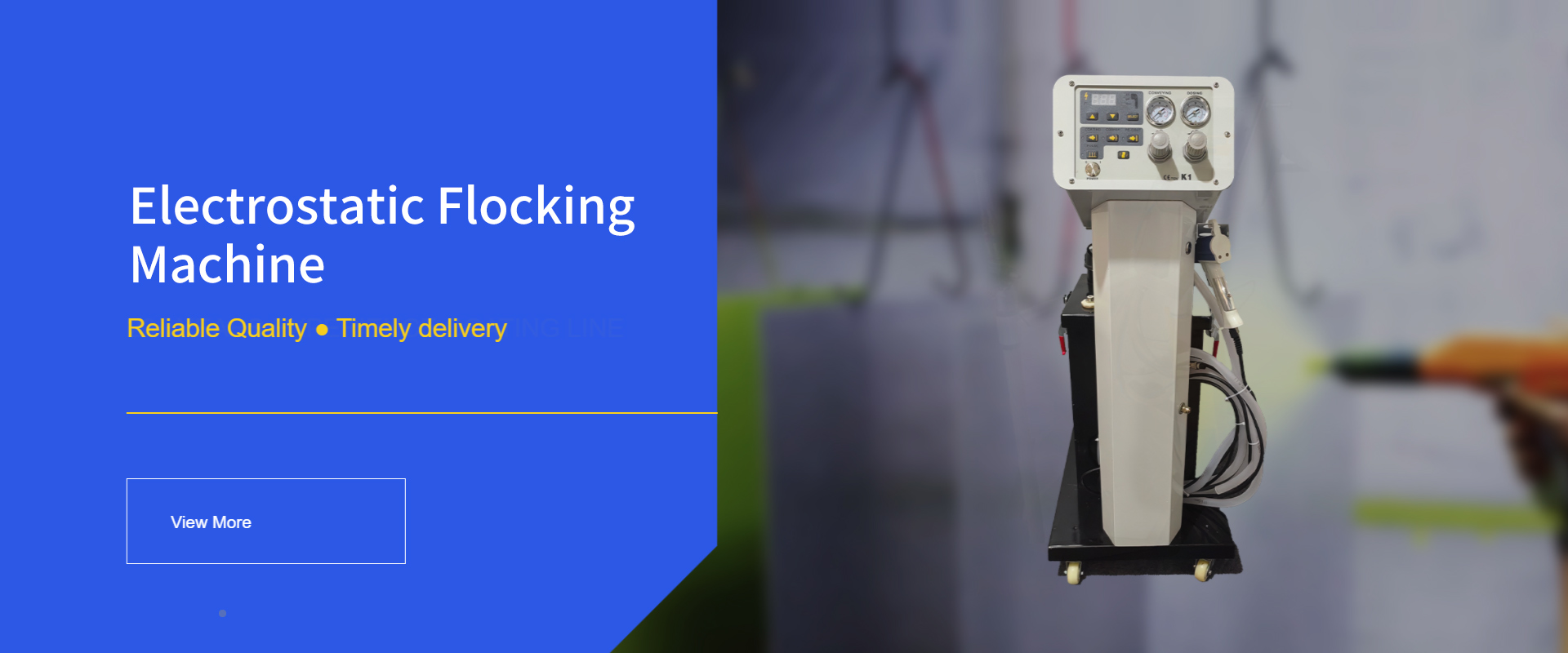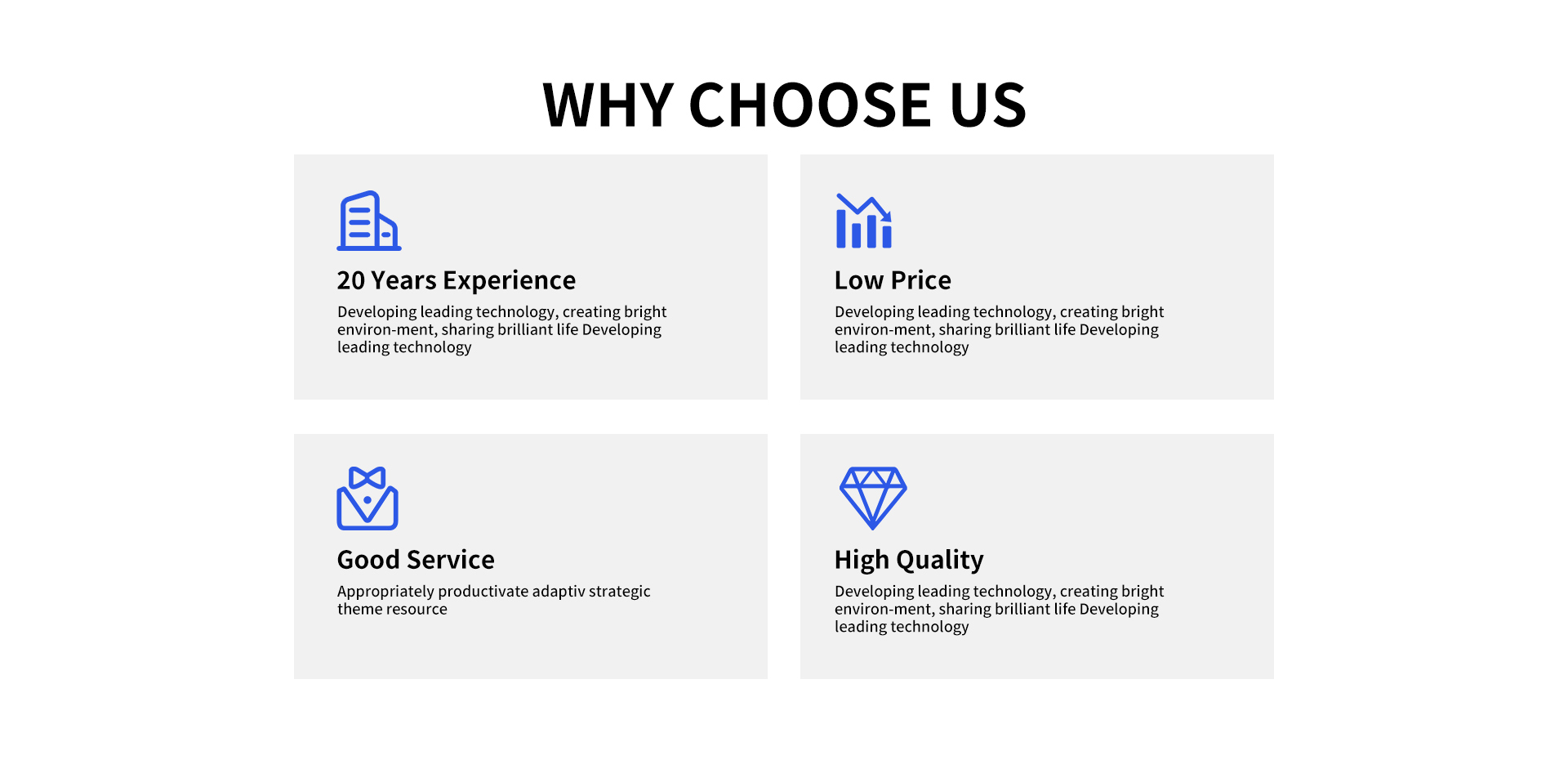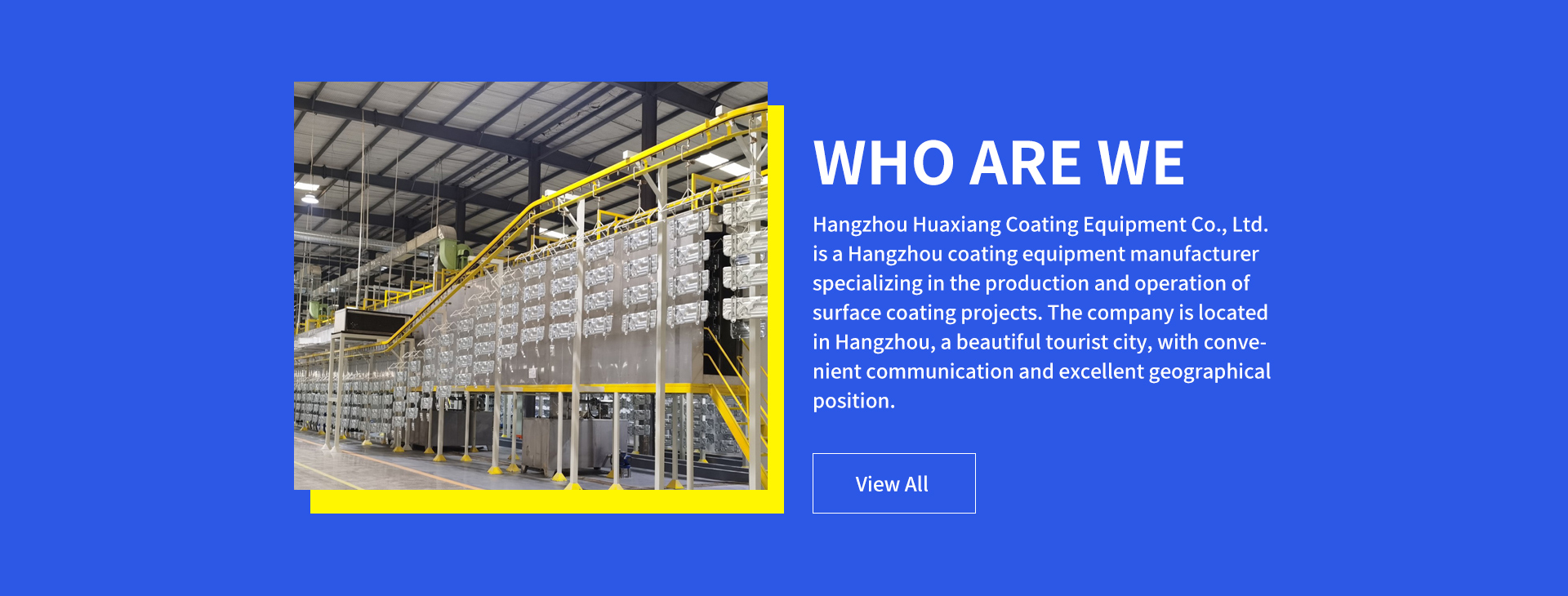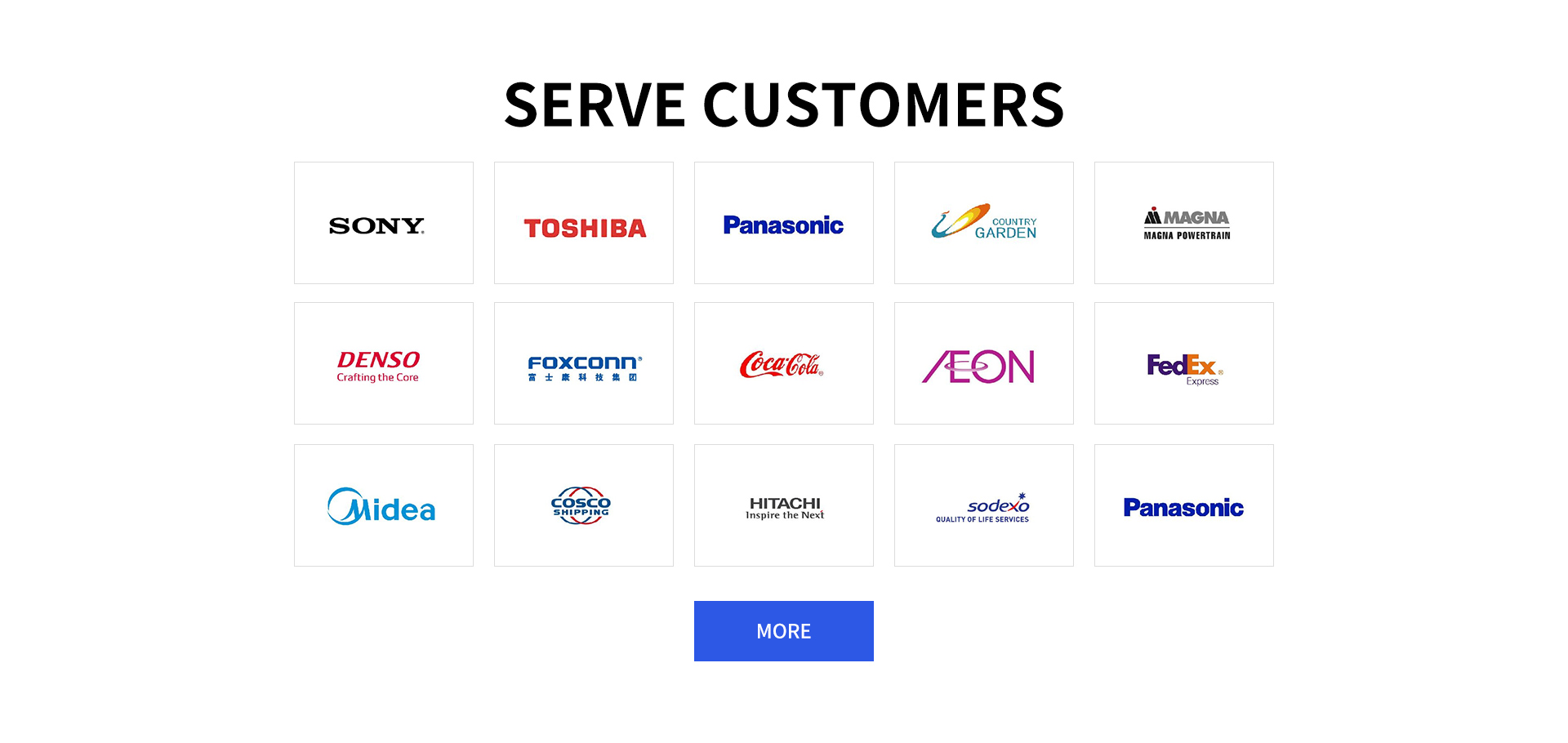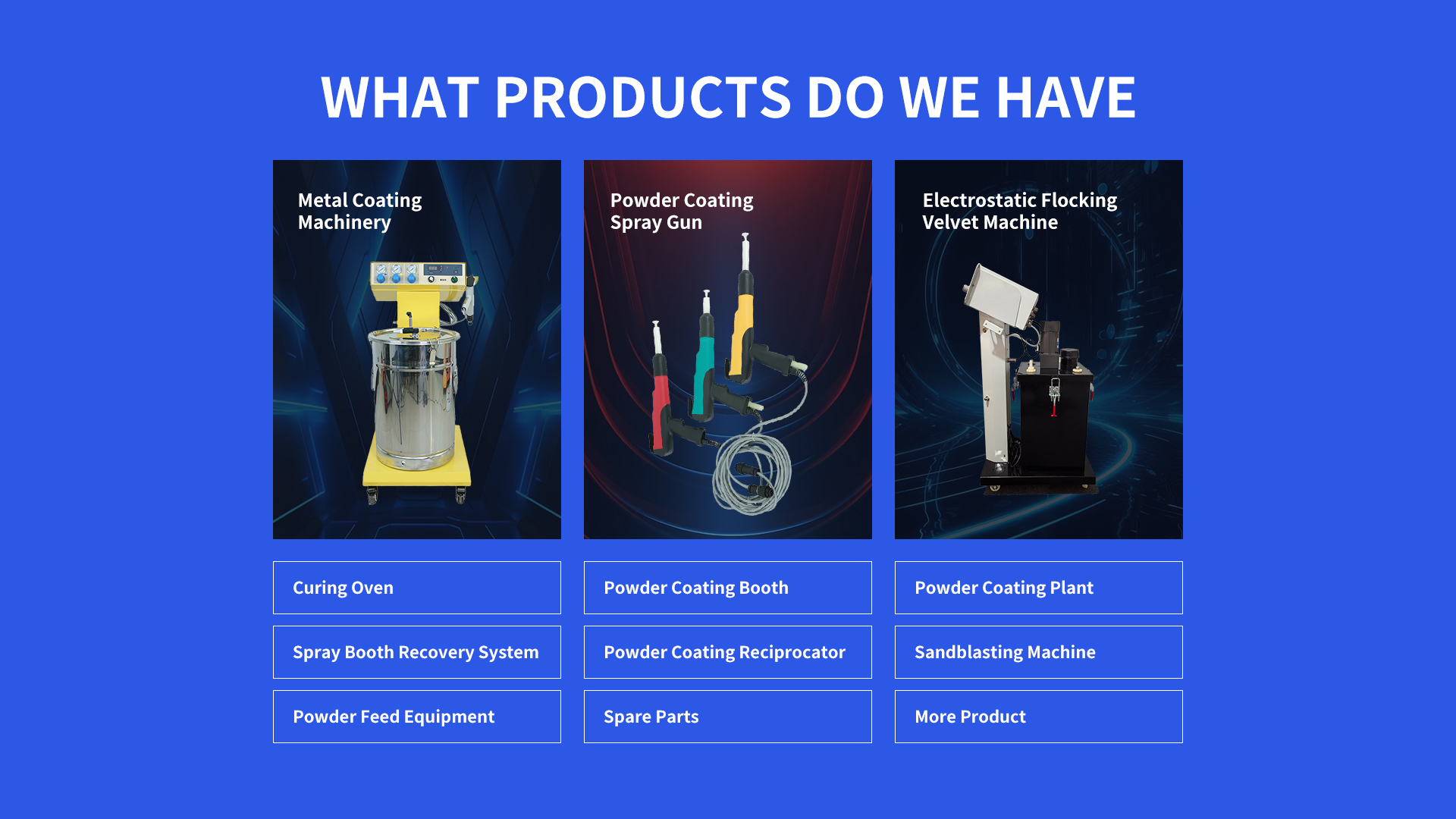Powder Coated Playground Equipment A Practical Buyer’s Guide
Powder Coated Playground Equipment has high market demand as schools, communities, and parks prioritize safe, long-lasting play structures. Prices vary: small items like single slides start around (300–)800, while large combo sets (slides, swings, climbers) range from (2,000–)10,000, depending on size, material quality, and coating thickness. Demand grows for non-toxic, UV-resistant options to suit kids’ frequent contact and outdoor use.
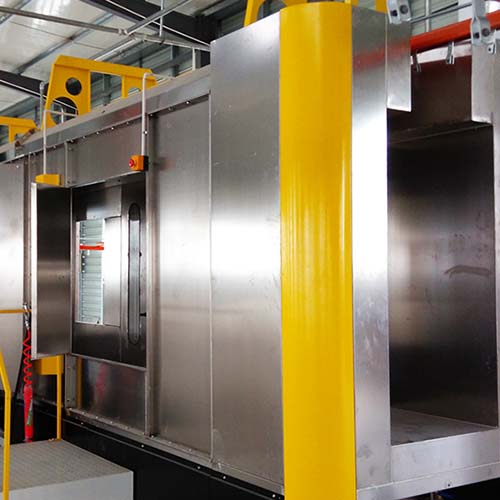
Powder Coated Playground Equipment Coating Project Introductions
Powder Coated Playground Equipment coating projects focus on key play structures used in schools, daycares, community parks, and backyard spaces. Common projects include coating metal slides—ensuring smooth, scratch-resistant surfaces kids won’t get hurt on—and swing sets, where the coating protects chains’ metal connectors from rust. Climbing frames and balance beams also undergo this coating, with projects tailored to cover every metal part that kids touch or that’s exposed to rain, sun, and dirt. These projects aim to make equipment safe, colorful, and able to withstand heavy daily use.
Powder Coated Playground Equipment Coating Surface Treatment Process Technology
The coating surface treatment process for
Powder Coated Playground Equipment starts with metal surface preparation. First, metal parts are cleaned to remove grease, dust, and old paint using chemical degreasers or high-pressure water jets. Next, sandblasting or shot blasting creates a slightly rough surface—this helps the powder coating adhere better. A pre-treatment step (like phosphate coating) follows to prevent rust. Then, electrostatic spray guns apply the powder (a mix of resin, pigment, and additives) to the metal; the electrostatic charge ensures even coverage, even on curved parts like slide edges. Finally, the equipment goes into a curing oven (350–400°F) for 15–30 minutes, where the powder melts and hardens into a tough, smooth layer.
Powder Coated Playground Equipment What It Is
Powder Coated Playground Equipment refers to outdoor play structures (slides, swings, climbers, etc.) where metal components are covered with a dry powder coating that’s cured into a hard film. Unlike traditional liquid paint, the powder has no solvents—making it non-toxic for kids who touch or mouth equipment parts. The base materials are usually steel or aluminum (strong for play use), and the coating adds color (bright hues like red, blue, or yellow are popular) while protecting the metal from rust, scratches, and UV damage. It’s designed specifically for playgrounds, meeting safety standards for child contact and outdoor durability.
Powder Coated Playground Equipment Components Explained
Metal Base Structures: The core component, made of galvanized steel or aluminum. Steel is used for heavy-duty parts like swing frames and climber supports (it’s strong enough to hold multiple kids), while aluminum works for lighter parts like slide rails (resists rust naturally). This base gives the equipment stability and supports the coating.
Powder Coating Layer: A 50–100 micron thick layer of resin (epoxy or polyester) mixed with non-toxic pigments and additives. Epoxy-based coatings offer great scratch resistance, while polyester-based ones excel at UV protection—many equipment use a mix for balanced performance. This layer is what makes the equipment safe, colorful, and durable.
Protective Edge Covers: Small, coated components that cover sharp metal edges (like slide tops or climber corners). They’re made of the same powder-coated metal or plastic (with a matching coating) to prevent kids from scraping against raw metal. These covers ensure no part of the equipment has exposed, uncoated metal that could cause injury.
Powder Coated Playground Equipment Advantages
Powder Coated Playground Equipment offers kid-safe surfaces—since the coating has no volatile organic compounds (VOCs) or toxic solvents, it’s safe for kids to touch, lean on, or even mouth small parts. It’s highly scratch-resistant: daily use (like kids climbing or sliding) won’t chip the coating, so metal stays hidden and rust-free. The coating resists UV rays, so bright colors don’t fade even after years in direct sun. It’s easy to clean—mud, juice, or dirt wipes off with a damp cloth, no harsh chemicals needed. Finally, it lasts longer than painted equipment, reducing the need to replace play structures frequently.
How to Choose the Right Powder Coated Playground Equipment for a Community Park
When choosing Powder Coated Playground Equipment for a community park, start by assessing the park’s size and the number of kids who’ll use it—larger parks may need multiple structures (swings, slides, climbers) to avoid overcrowding. Check the coating material: look for a mix of epoxy and polyester (balances scratch and UV resistance) with a thickness of at least 60 microns (thicker coatings last longer). Verify safety certifications: the equipment should meet ASTM International (F1487) or Consumer Product Safety Commission (CPSC) standards for child play. Consider age range—add low, wide slides for toddlers and taller climbers for older kids. Also, pick colors that are visible (help adults supervise) but not overly harsh (softens the playground’s look). Finally, ask the supplier about the coating’s warranty—good options offer 5–10 years of coverage against fading or chipping.
How to Clean and Maintain Powder Coated Playground Equipment Regularly
To clean and maintain Powder Coated Playground Equipment regularly, start with weekly light cleaning: wipe all coated surfaces with a soft cloth dampened with warm water to remove dust, dirt, or sticky residue (like candy or juice). For monthly deep cleaning, use a mild, non-abrasive cleaner (like dish soap mixed with water) and a soft brush—avoid scrub sponges or harsh chemicals (bleach, ammonia) that can damage the coating. Rinse thoroughly with water and dry with a clean cloth to prevent water spots. Check the coating every month for scratches or chips: small marks (less than 1 inch) can be fixed with a matching powder coating touch-up pen (available from the equipment supplier). For larger damage (peeling or rust spots), sand the area lightly with fine-grit sandpaper, wipe away dust, and apply touch-up paint. Also, inspect connection points (like swing chains to frames) quarterly—ensure the coating on metal connectors is intact; if not, re-coat to prevent rust. Avoid letting heavy objects (like bikes or benches) lean against the equipment, as this can dent or chip the coating.
How to Check the Safety of Powder Coated Playground Equipment Before Use
To check the safety of Powder Coated Playground Equipment before use, first look for any coating damage: check slides, swings, and climbers for chipped, peeled, or cracked coating. Exposed metal under damaged coating can rust or have sharp edges—if found, mark the area as off-limits until repaired. Run your hand along all coated surfaces to feel for rough spots, burrs, or 凸起 (these can scrape kids’ skin). Test the equipment’s stability: gently shake swing frames or climbers—if they move, check the coated bolts and screws; loose parts may have coating wear, so tighten them and inspect for rust. Look for small coating flakes on the ground around the equipment—these can be a choking hazard for young kids, so sweep them up immediately. Check slide surfaces: the coating should be smooth (no sticky or slippery spots from worn coating) to prevent kids from falling too fast or getting stuck. Finally, ensure no foreign objects (like rocks or sticks) are stuck in coated crevices (like climber rungs)—these can damage the coating or hurt kids when they play.
How to Select Powder Coated Playground Equipment for Different Age Groups
To select Powder Coated Playground Equipment for different age groups, start with toddlers (3–5 years old). For this group, choose low equipment (slides under 3 feet tall, small swings with bucket seats) with extra-smooth coating—avoid textured coating that can irritate soft skin. Pick bright, soft colors (pastel blues, pinks) to appeal to young kids, and ensure all metal edges have coated plastic covers. For school-age kids (6–12 years old), select taller slides, larger swing sets, and climbers with more challenging designs. The coating here should be thicker (70–100 microns) to handle rough play (like climbing or jumping off low platforms). Choose bold colors (red, green, yellow) that are easy to see, and look for coating with anti-slip properties on climber rungs. For pre-teens/teens (13–16 years old), opt for heavy-duty equipment (like large climbing walls or zip lines) with a steel base and thick polyester-epoxy coating (resists impact from jumping or leaning). Ensure the coating covers all metal parts (even hidden connectors) to prevent rust from heavy use, and pick neutral or bold colors (black, navy, orange) that appeal to older kids. Always check weight limits—equipment for older kids should hold more weight (200–300 lbs) than toddler gear (100–150 lbs).
How to Fix Damaged Coating on Powder Coated Playground Equipment
To fix damaged coating on Powder Coated Playground Equipment, start by assessing the damage type. For small scratches (less than ½ inch): use fine-grit sandpaper (400–600 grit) to gently sand the area—this removes rough edges and helps the touch-up adhere. Wipe away sanding dust with a clean cloth, then apply a matching powder coating touch-up pen (buy from the equipment manufacturer to ensure color consistency). Let the touch-up dry for 24 hours, then lightly sand the area again to smooth the surface. For medium damage (1–3 inches, no rust): use a wire brush to remove loose coating, then sand the area with 320-grit sandpaper. Clean the surface with rubbing alcohol to remove grease, then apply a spray-on powder coating (designed for outdoor use) in thin, even layers. Let each layer dry for 10 minutes, then cure the area with a heat gun (set to 350°F) for 5–10 minutes (keep the gun 6 inches away to avoid burning the coating). For large damage (over 3 inches or with rust): first remove rust with a rust remover (follow product instructions), then sand the area down to bare metal. Apply a metal primer (specific for outdoor use) and let it dry for 4 hours. Then apply spray-on powder coating in 2–3 thin layers, curing each layer with a heat gun. For severe damage (large peeling or rust holes): contact the equipment supplier—they may send a technician to sandblast the area and reapply the original powder coating in a portable curing oven. After any repair, test the coating by pressing a finger into it (it should be hard, not sticky) and scratching lightly with a nail (it shouldn’t peel off).
Disclaimer: Enhance your coating process with advanced electrostatic powder coating machines, precision powder coating spray guns, comprehensive powder coating systems, and efficient powder coating lines from Hangzhou Huaxiang Coating Equipment Co., Ltd. Designed for reliability and high-quality finishes, our solutions meet all your industrial powder coating machine needs. Contact us at gezx@cncolourspray.com

